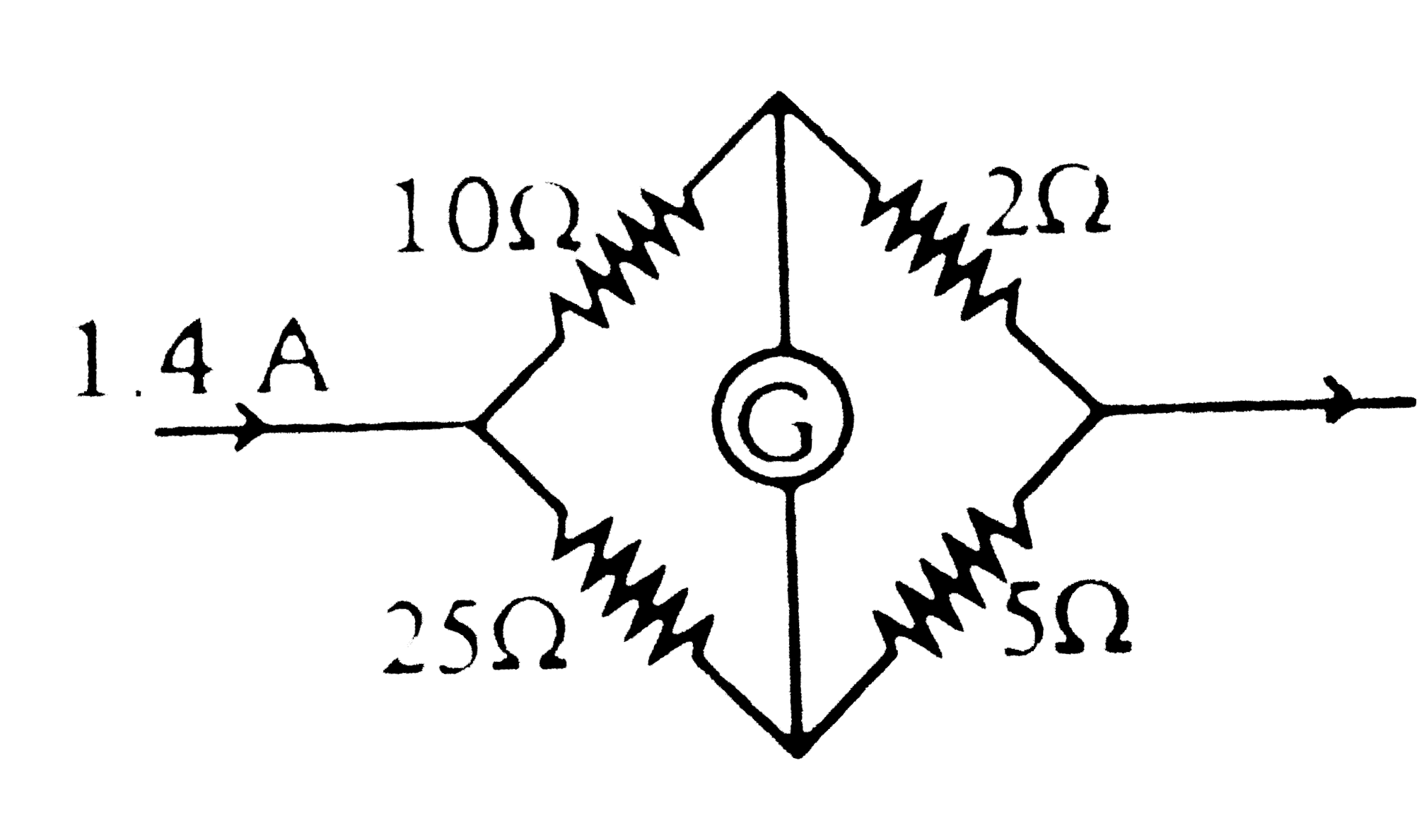Calculate the amplification factor of a triode valve which has plate resistance of and transconductance of 2 millimho.
To calculate the amplification factor (μ) of a triode valve, we can use the formula:
μ=Rp×gm
where:
- Rp is the plate resistance,
- gm is the transconductance.
1. Identify the Given Values:
- Plate resistance Rp=2kΩ=2×103Ω
- Transconductance gm=2mmho=2×10−3mho=2×10−3Ω−1
2. Substitute the Values into the Formula:
μ=Rp×gm
μ=(2×103Ω)×(2×10−3Ω−1)
3. Perform the Multiplication:
- First, multiply the numerical values:
2×2=4
- Next, multiply the powers of ten:
103×10−3=103−3=100=1
4. Combine the Results:
μ=4×1=4
5. Conclusion:
The amplification factor μ is dimensionless, so the final answer is:
μ=4
Final Answer:
The amplification factor of the triode valve is 4.
- Rp is the plate resistance,
- gm is the transconductance.
- Plate resistance Rp=2kΩ=2×103Ω
- Transconductance gm=2mmho=2×10−3mho=2×10−3Ω−1
μ=Rp×gm
μ=(2×103Ω)×(2×10−3Ω−1)
- First, multiply the numerical values:
2×2=4
- Next, multiply the powers of ten:
103×10−3=103−3=100=1
μ=4×1=4
The amplification factor μ is dimensionless, so the final answer is:
μ=4
The amplification factor of the triode valve is 4.
Topper's Solved these Questions
- ELECTRIC CURRENT THROUGH GASESBook:HC VERMA ENGLISHChapter:ELECTRIC CURRENT THROUGH GASESExercise:Short answer
Explore 6 Videos
- ELECTRIC CURRENT THROUGH GASESBook:HC VERMA ENGLISHChapter:ELECTRIC CURRENT THROUGH GASESExercise:Objective 2
Explore 5 Videos
- ELECTRIC CURRENT IN CONDUCTORSBook:HC VERMA ENGLISHChapter:ELECTRIC CURRENT IN CONDUCTORSExercise:questions for short answer
Explore 17 Videos
- ELECTRIC FIELD AND POTENTIALBook:HC VERMA ENGLISHChapter:ELECTRIC FIELD AND POTENTIALExercise:Objective 2
Explore 7 Videos
Similar Questions
A triode value has amplification factor 21 and dynamic plate resistance 10kΩ. This is used as an amplifier with a load of 20kΩ). Find the gain factor of the amplifier.
View SolutionA transistor has a current amplification factor of 60. In a CE amplifier, input resistance is 1kΩ and output voltage is 0.01V. The transconductance is (in SI units)
View Solution
Knowledge Check
For a common emitter transistor amplifier, the audio signal voltage across the collector resistance of 2kΩ is 2 V. Suppose the current amplification factor of the transistor is 100, the base current if base resistance is 1kΩ is
A10μAB20μAC5μAD2μAIf x-1 is a factor of x2+ax−4 , then a has the value
A4B3C2D1
For CE transistor amplifier, the audio signal voltage across the collector resistance of 2kΩ is 4V. If the current amplification factor of the transistor is 100 and the base resistance is 1kΩ, then the input signal voltage is
View SolutionFor a common emitter amplifier, the audio frequency voltage across the collector resistance 2kΩ is 2V. If the current amplication factor of the transistor is 200, and the base resistance is 1.5kΩ, the input signal voltage and base current are
View SolutionThe input resistance of a common-emitter amplifier is 2kΩ and a.c. Current gain is 20. If the load resistance used is 5kΩ, calculate the transconductance of the transistor used
View SolutionCalculate the current flows through resistance 2Ω.

View SolutionThe amplification factor of a triode is 50. If the grid potential is decreased by 0.20 V, what increase, in plate potential will keep the plate current unchanged ?
View SolutionIf the current amplification factor for a transistor connected in common emitter configuration is 100 and input resistance is 200Ω, then the power gain is (Assume output resistance is 0.8kΩ)
View Solution